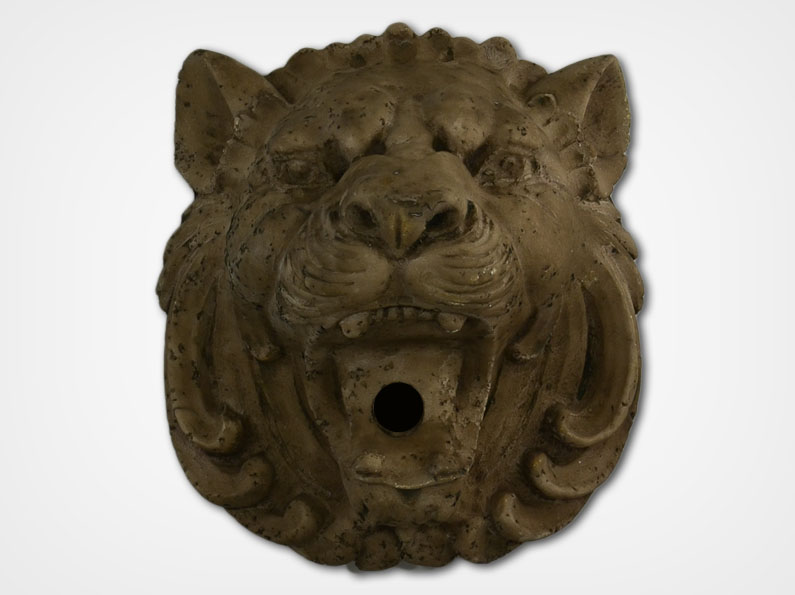I was planning on filling the new pool after it is completed with my soft water, but I just tested both soft and city water this this kit, and now I am not sure:
Soft water:
Free Cl 0
Combined 0
TA 250 ppm
CH 10 ppm
CYA 0
Salt 800 ppm
City water
Free Cl 1.8 ppm
Combined Cl 0.4 ppm
TA 250 ppm
CH 270 ppm
CYA 0
Salt 400 ppm
The city water doesn't seem that bad, except:
- 0.4 combined Cl - it smells like that bad chlorine smell. Would I have to shock it right away after filling to get rid of it?
- I have slight red staining on one of my sinks possibly indicating iron. I am not sure if its plumbing, or slight iron on the water
Should I buy the Taylor iron test to be sure?
My water softner is a Kinetico XP, it costs about 7K, its the most magical thing. I use maybe 4 bags of salt a year. It has 2 channels, it only regens 1 channel at a time, so soft water is always available, there is no interruption during regens.
The pool we are building is a plaster pool, about 27000 gallons.
Also, I need to point out that I just learned how to use this test kit, not sure how error proof they are. For instance, for CH, when it says "add this drop wise until it turns from red to blue", I notice that at some point it turns from red to blueish purple (is that it?), if I add a few more drops, it completely turns to light blue (which one is it, is it enough the blueish purple? or do I keep going until it is a complete light blue?) So, take my numbers with a grain of salt, I just did this for the first time.
thanks in advance for any input
Soft water:
Free Cl 0
Combined 0
TA 250 ppm
CH 10 ppm
CYA 0
Salt 800 ppm
City water
Free Cl 1.8 ppm
Combined Cl 0.4 ppm
TA 250 ppm
CH 270 ppm
CYA 0
Salt 400 ppm
The city water doesn't seem that bad, except:
- 0.4 combined Cl - it smells like that bad chlorine smell. Would I have to shock it right away after filling to get rid of it?
- I have slight red staining on one of my sinks possibly indicating iron. I am not sure if its plumbing, or slight iron on the water
Should I buy the Taylor iron test to be sure?
My water softner is a Kinetico XP, it costs about 7K, its the most magical thing. I use maybe 4 bags of salt a year. It has 2 channels, it only regens 1 channel at a time, so soft water is always available, there is no interruption during regens.
The pool we are building is a plaster pool, about 27000 gallons.
Also, I need to point out that I just learned how to use this test kit, not sure how error proof they are. For instance, for CH, when it says "add this drop wise until it turns from red to blue", I notice that at some point it turns from red to blueish purple (is that it?), if I add a few more drops, it completely turns to light blue (which one is it, is it enough the blueish purple? or do I keep going until it is a complete light blue?) So, take my numbers with a grain of salt, I just did this for the first time.
thanks in advance for any input




